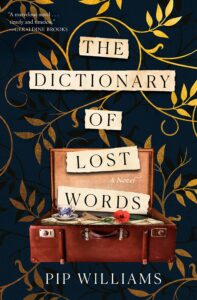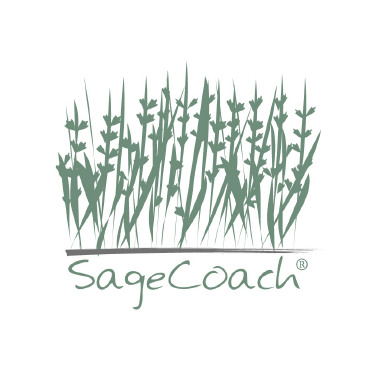Pip Williams
Fiction 2021 | 376 pages
![]()

A novel based on the creation of the Oxford English Dictionary in the late 19th and early 20th centuries, we follow the life of Esme (Es, Essy, EssyMay), the daughter of one of the lexicographers (a person who compiles dictionaries). As a young motherless child, she often stays under the table in the Oxford Scriptorium where the lexicographers do their work. Looking at the words with her Da, she learns to read, and builds a fascination and reverence for words. At a very young age, she finds a stray paper slip of a word that was dropped on the floor. Wanting to possess one of these special objects, she stashes it in her pocket. She instinctively knows taking it is wrong, but the possession is something so special, she cannot help herself. Lizzie, the servant girl, offers Esme a hiding place in a small trunk under Lizzie’s bed. Thus begins Esme's collection. This collection becomes an important element in Esme's life, and eventually leads to the creation of The Dictionary of Lost Words. The lost words are "women's words". They are words about women’s bodies, which many consider vulgar, and the men lexicographers refuse to include in their professional dictionary. They also include words used by commoners, by poor people, by people not in sophisticated society. "Bondmaid" for example becomes an important word through the novel.
The dictionary was created during a time when social mores are in upheaval. It is also the time of women's suffrage and the beginnings of WWI. Esme is living at the end of the Victorian era when the roles of women are defined, restrained, restrictive. Essy wants out from the shackles of these times.
I am a logophile; I love words. If you love words, you may just be as fascinated by this book as I was. Our language both defines us and reflects us. Word usage changes constantly and is an anthropological study of the history of peoples and cultures. The Dictionary of Lost Words is not a page turner or a fast read. It is a book to be savored and read slowly. It is a beautiful history (herstory?) of the times. The only challenge I had is picturing the Scriptorium and the printing processes. I never created a fully satisfying visual. For example, I was two thirds of the way through the book before I realized that "pinning" together the small slips of paper that have word definitions and quotes of the word in actual usage, was accomplished through the use of an actual straight pin stuck through the bits of paper!
This is our May book club read and will lead to a delightful conversation, I suspect. Thank you, Louise, and Pam for encouraging us to read this novel. It is a worthwhile read!
May 2023

I recommended it last year for my book club and it wasn’t chosen. It sounded so interesting and “herstoricaI”. I will have to read it from your review. I would enjoy hearing about your book club discussion of the book.
Thanks Andrea,
Kathy Payne
Let me know, Kathy, what you think of it!
This sounds like a book I’d be interested in. I’ve heard “herstory” before and it’s apt, I think. You mean “mores” not “morays,” which are eels.
Glad you might read it! Thanks for the grammar catch .. I changed it on the real blog (which is on my website).
Sounds like a book I’d enjoy. It’s on my list! Thanks.